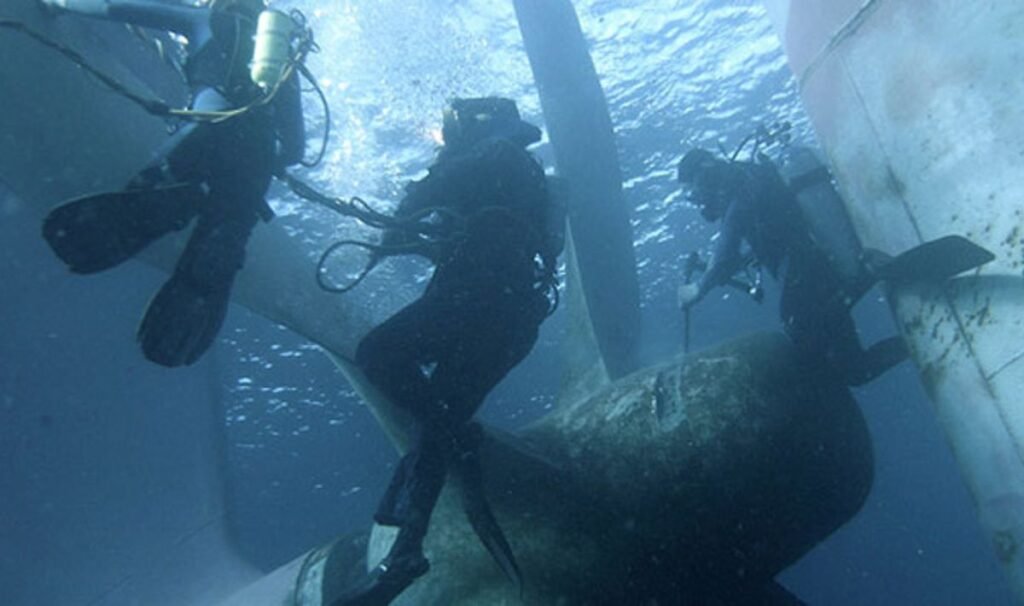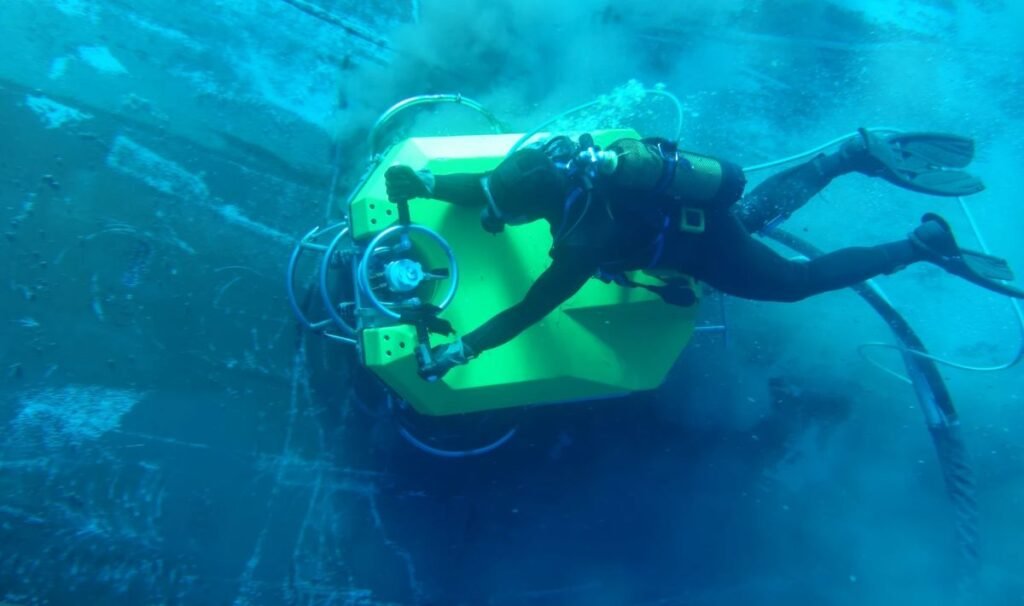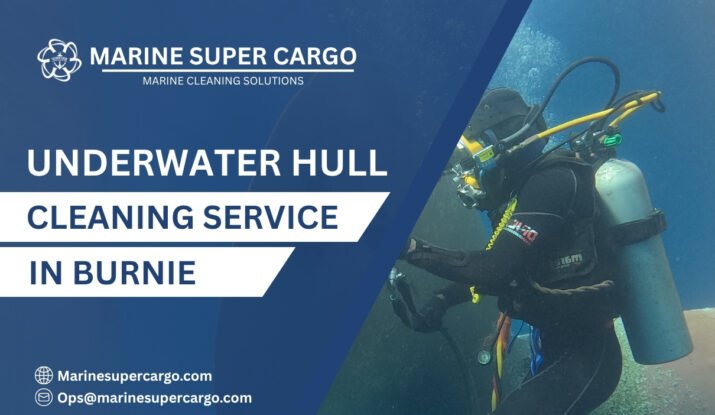If you’re a boat owner cruising Tasmania’s rugged northern coast, you know Burnie is more than a waypoint—it’s a destination and a starting line. But here’s the reality check: beneath your vessel, nature is always at work, building secret colonies of barnacles, algae, and marine hitchhikers. Ignore them, and you’ll pay with lost speed, wasted fuel, and looming maintenance bills. Welcome to your go-to guide for underwater hull cleaning in Burnie—with practical advice, expert insight, and a friendly tone to help your vessel run at its best.
Why Underwater Hull Cleaning in Burnie Matters
Let’s get right to it: Burnie’s vibrant sea life is amazing, but it’s also a problem for your vessel’s hull. As soon as your boat enters these waters, it becomes prime real estate for marine growth. This isn’t just a cosmetic issue—biofouling turns a once-smooth hull into a drag-inducing anchor. The result? Higher fuel costs, more strain on your engine, a slower ride, and extra emissions.
But there’s more. If you’re not taking underwater hull cleaning in Burnie seriously, you risk failing port inspections and, even worse, contributing to the spread of invasive species in Tasmania’s sensitive ecosystem.
Understanding Burnie’s Marine Environment
Burnie nestles on Bass Strait, where warm and cold currents meet and nutrients abound. This blend means your hull has a constant battle with fast-growing organisms. The waters near Burnie are productive—great for fishing, but tough for hulls. Rapid marine growth is a fact of life, especially during warmer months or after extended stays at anchor.

The Biofouling Challenge: What Lurks Beneath?
Every vessel in Burnie faces these underwater invaders:
- Barnacles: Nature’s concrete. They grip to paint and metal with astonishing force.
- Slime and algae: Forming a slick film that paves the way for worse invaders.
- Tube worms, mussels, and micro-pests: Sneak into intakes, propellers, and sea chests.
- Unwelcome hitchhikers: Invasive species can sneak in, risking environmental fines and raising red flags at inspection stations.
Even a thin layer of biofouling can increase hull resistance and tank your fuel efficiency by 10–20%; heavy infestations can push these losses even higher.
How Underwater Hull Cleaning in Burnie Works
Boat owners in Burnie—or anyone managing ships in these coastal waters—have two main paths for underwater hull cleaning in Burnie: manual diver cleaning or advanced automated systems.
Diver-Led Manual Cleaning
This classic approach involves trained divers equipped with scrapers, brushes, or underwater vacuums. They carefully remove growth, sometimes focusing on “problem zones” like sea chests, thrusters, propellers, and intake grates. With good anti-foul paint, much of the stubborn growth peels away safely.
Manual methods are great for finesse—tough on barnacles, gentle on paint—but require careful planning. Divers must follow strict safety and environmental procedures.
Robotic and Automated Approaches
The newest tech in underwater hull cleaning in Burnie is automated—think underwater brush karts, suction-based robots, and water-jet systems. These machines travel the hull, scrubbing away organisms while using suction or filtration to prevent debris from floating free. The best systems adjust brush pressure, minimizing paint damage and automatically skipping clean patches. Some advanced machines even work without divers, reducing risk and speeding up the process.
Hull Cleaning Methods: From Brushes to Water Jets
Two primary methods are used in Burnie, both aligned with IMO guidelines on biofouling management:
- Brush-Based Systems: Rotating or diver-operated brushes effectively remove barnacles and algae but must be applied carefully to preserve antifouling coatings.
- Water Jet Cleaning: High-pressure jets—often robotic—dislodge fouling with minimal hull contact, reducing coating damage. Jet strength should match your hull type for safe, effective cleaning.
Combining these methods allows targeted cleaning that’s effective and environmentally conscious.
Environmental and Regulatory Considerations
Tasmania enforces strict biosecurity rules. In-water hull cleaning in Burnie requires pre-approval, effective waste-capture (to prevent pest spread), and full documentation. Capture systems or filtered suction are preferred. For heavy fouling, full cleans may be restricted or require dry-docking. Stay compliant by maintaining a current Biofouling Management Plan and checking local regulations via Ports Australia.
Key Benefits of Regular Hull Cleaning
Fuel Savings and Improved Performance
It’s simple physics: clean hulls move faster and leaner. Removing drag improves speed, lowers engine workload, and translates to major savings at the fuel pump—sometimes as much as 40% for very fouled boats. Factor in smoother handling and you’ll feel the difference at the helm.
Paint Protection and Extended Hull Life
Regular, gentle cleaning preserves expensive antifoul coatings and the hull beneath. That means you’re pushing back costly haul-outs and repaint jobs, not to mention heading off corrosion and avoiding prop or shaft damage before it snowballs.
When and How Often to Clean Your Hull in Burnie
Every vessel is unique, but typical hull cleaning in Burnie looks like this:
- Commercial Vessels / Heavy Use: Every 3–6 months. After long lay-ups or stays at anchor.
- Recreational Craft: Every 2–3 months during warm seasons; quarterly in winter.
- High-performance boats: Monthly or after every major trip.
- Before inspections or long voyages: Never risk a failed inspection or bring pests to new waters.
Monitor performance! When you notice sluggishness, higher fuel use, or engine strain, it’s time to book a cleaning.

Choosing the Right Service for Underwater Hull Cleaning in Burnie
With regulations and the environment top of mind, pick a service that:
- Uses eco-friendly capture or filtration to protect Bass Strait.
- Provides before/after inspections and detailed documentation.
- Offers both diver and robotic options, tailored to your vessel and coating.
- Understands Tasmanian regulations and secures all approvals.
The Step-by-Step Process: What to Expect
- Assessment: Inspection to identify fouling and inspect hull/paint integrity.
- Planning: Strategy developed for tools, areas of focus, waste capture, and timing with tides/port schedules.
- Cleaning: Manual diver or robotic cleaning starts, section by section, paying close attention to sea chests, propellers, and intakes.
- Capture: Waste removed and filtered; no floating debris left behind.
- Post-Clean Inspection: Final checks for stubborn fouling or paint damage; before/after photos recorded.
- Documentation: Full report for your log, compliance, and future planning.
Common Challenges and Pro Tips for Burnie Vessels
- Turbid Water: Murky water can make inspections tricky; good services use sonar or underwater lights to help divers see clearly.
- Changing Regulations: Stay current—local standards evolve. Always check before booking a cleaning.
- Hard Fouling: If tackling barnacle cement or thick weed, regular gentle cleaning is safer than infrequent aggressive scrubbing.
- Seasonal Growth: Watch the calendar and water temperature—book more frequent cleans in warmer months.
Conclusion
A clean hull is the engine behind smooth voyages, lower costs, and ecological stewardship in Tasmania’s north. With careful scheduling and the right partner for underwater hull cleaning in Burnie, you’ll glide past the competition, steer clear of fines, and preserve both your boat and local marine life for years to come. This is genuine peace of mind—one swipe, scrub, and inspection at a time.
FAQ:
Q1. How often should I schedule underwater hull cleaning in Burnie?
Most vessels need a full cleaning every 3–6 months, but warm water and heavy use can make monthly attention a smart move.
Q2. Can I have my hull cleaned in-water inside Burnie port limits?
Full underwater hull cleaning in Burnie may require approval and waste-capture technology due to biosecurity rules. Always check first.
Q3. Is underwater hull cleaning in Burnie eco-friendly?
It can be—if the service uses suction, waste capture, or filtration to stop debris and pests from entering the harbor.
Q4. Does cleaning in water harm my hull’s anti-fouling paint?
Modern gentle methods, especially with soft brushes and careful pressure control, protect both paint and underlying hull when done regularly.
Q5. What records do I need after underwater hull cleaning in Burnie?
Maintain a log with inspection photos, service details, and a signed cleaning report, as required for inspections and regulatory compliance.


